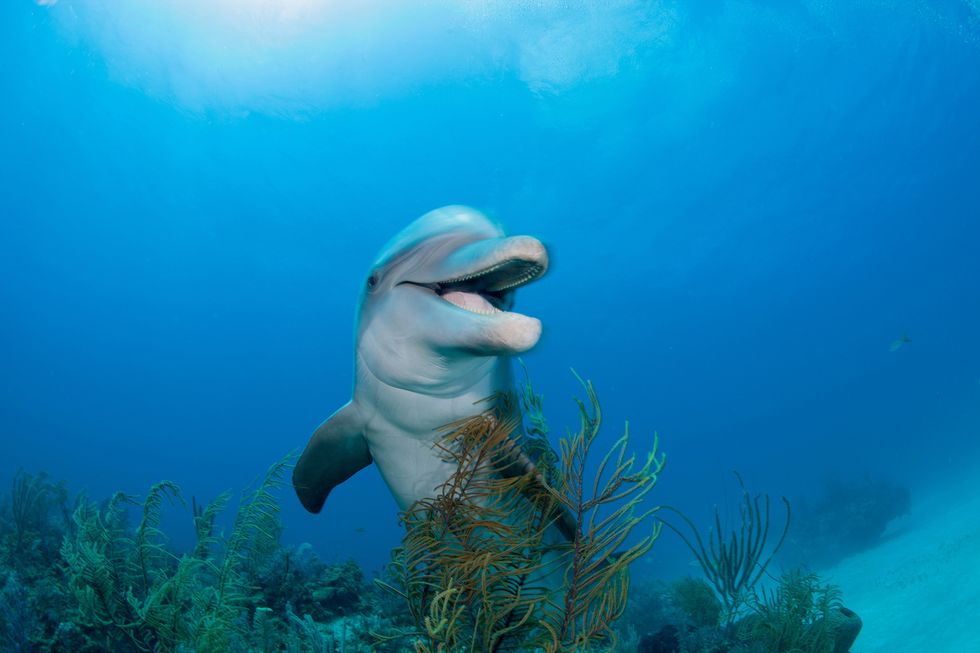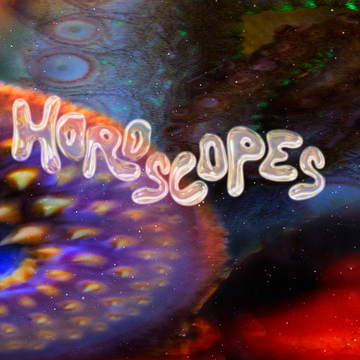Dolphins are using blowfish as a recreational drug to get high, scientists report. Don’t bogart, Flipper!
Here's the blow by blow: According to WAToday, researchers from Murdoch University in Perth, Australia, have recorded dolphins puffing on puffers – that is, puffer fish — and then passing them throughout the pod. Blowfish and pufferfish house a poisonous substance known as tetrodotoxin in their flesh, which is extremely deadly and over 1000 times more dangerous than cyanide. However, when consumed in just the right amount, it can induce a trance-like state similar to that experienced when taking narcotic drugs. Naturally, dolphins have taken advantage.
BBC first sighted the phenomenon back in 2014, when they recorded the behavior on film for documentary Dolphins Spy in The Pod. The dolphins can be seen biting down on a blowfish, then releasing it so it floats over to their neighbor. "This is the first time that apparent recreational drug use has been documented in dolphins," the film notes.
Zoologist Rob Pilley was on the production team for the documentary, and detailed the process of what scientists are equating to a, "puff, puff, pass." "After chewing the puffer gently and passing it round, “ explained Pilley, "They began acting most peculiarly, hanging around with their noses at the surface as if fascinated by their own reflection." Those dolphins sound pretty faded, if you ask me.
“There are several records of dolphins interacting with blowfish – or ‘blowies' – in estuaries and coastal waters around the world,” notes Krista Nicholson, one of the scientists who has been observing the porpoises’ favorite past time. “Blowies” is the street name for blowfish toxins, apparently.
No blowfish are harmed in the activity, and when the dolphins are finished harnessing its buzz, they let the puffer go. "With the dolphins otherwise engaged, the puffer deflates," explains Dolphins Spy in The Pod. "He's free to go on his way."
Yet, despite video evidence, there are some doubts in the marine-biologist community. “Many do not agree with this interpretation, and consider the small amounts of tetrodotoxin only make the animal feel numb, not high,” notes Nicholson. “Regardless whether this behavior is play or serves a purpose of getting high, I find it very interesting to observe, and it certainly made for some fun pictures,” she concludes. Yay dolphins!













